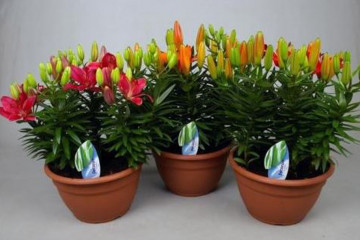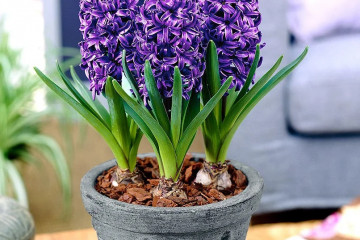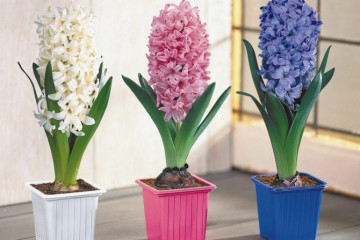Lemon thyme - planting and care in a pot
Content:
The spice thyme has another popular name - thyme. The newest varieties of garden crops are of great interest to gardeners, for example, lemon thyme (Thymus citriodorus). Its valuable advantages: pleasant unusual aroma, decorative appearance, unpretentiousness, as well as the ability to grow in the open field and on the windowsill.
What does lemon thyme look like, which family does it belong to?
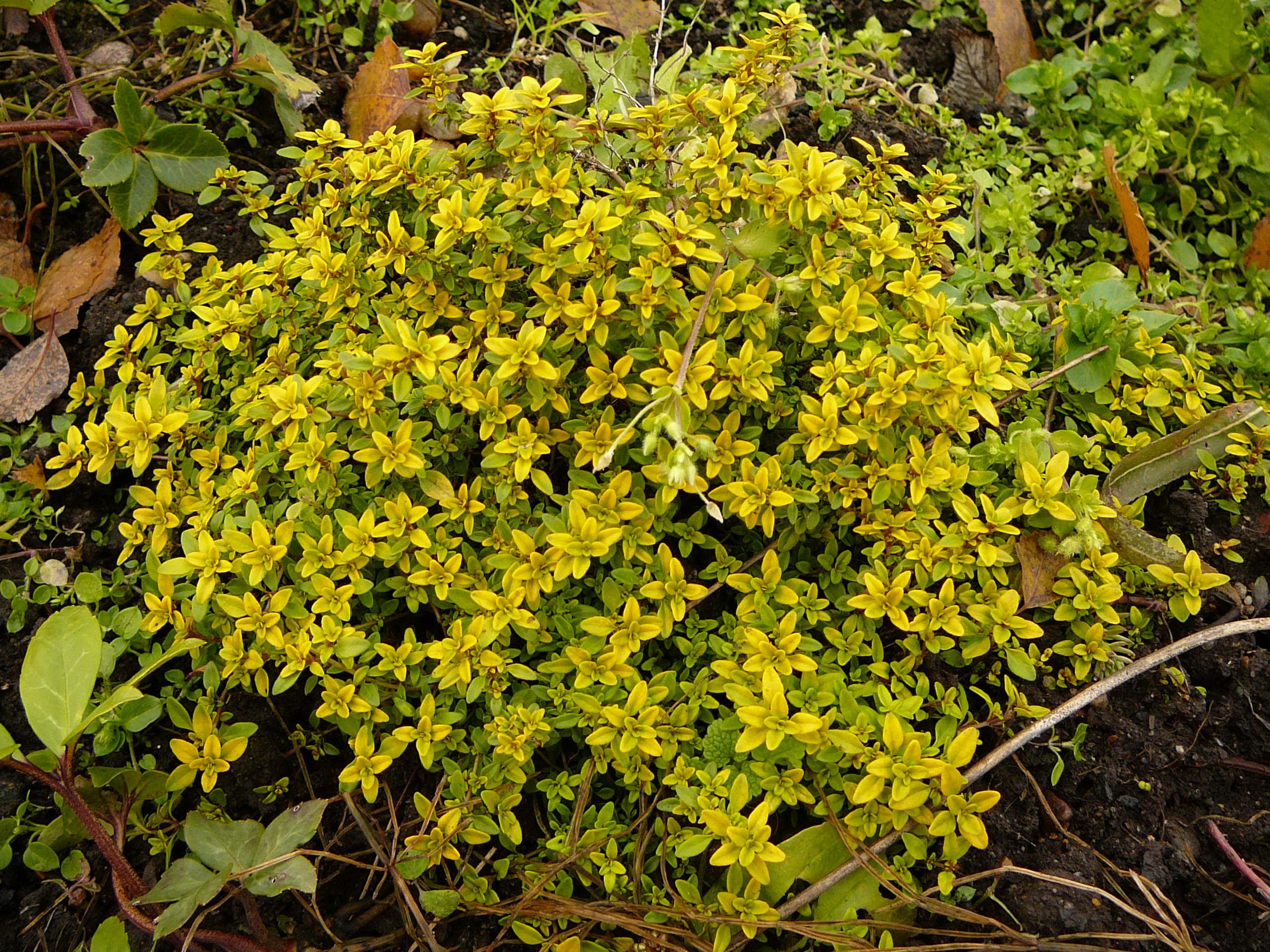
Lemon Smelling Thyme
The genus Thyme (Latin Thymus) belongs to the family Lamiaceae (Latin Lamiaceae). A short, aromatic, lemon-scented shrub or subshrub up to 35 cm in height blooms with capitate pink or purple inflorescences. The leaves are different, but most often they are short, hard, almost leathery, dark green or with a yellowish tinge that darkens with age.
Common varieties
Different varieties and types of lemon thyme differ in the size of the shoots, the shape of the leaves, the timing and duration of flowering. The following varieties are most popular:
- Silver Queen (Silver Queen) - a characteristic feature of yellowish leaves with a gray stripe around the edge.
- Bertram Anderson - Its foliage has a light green tint with yellowish streaks.
- Archers Gold - leaves are larger than usual in size, and the flowers are painted in a purple tint.
- Golden Duarf is the most aromatic variety with lilac flowers.
- Lemon Variegata - pale green leaves have a wide, irregular pale yellow border around the edge.
- Aureus (Aureus) - the leaves are light green at first, and then turn yellow.
- Donna Valley is a hybrid variety with creeping shoots unevenly covered with green and yellow leaves.
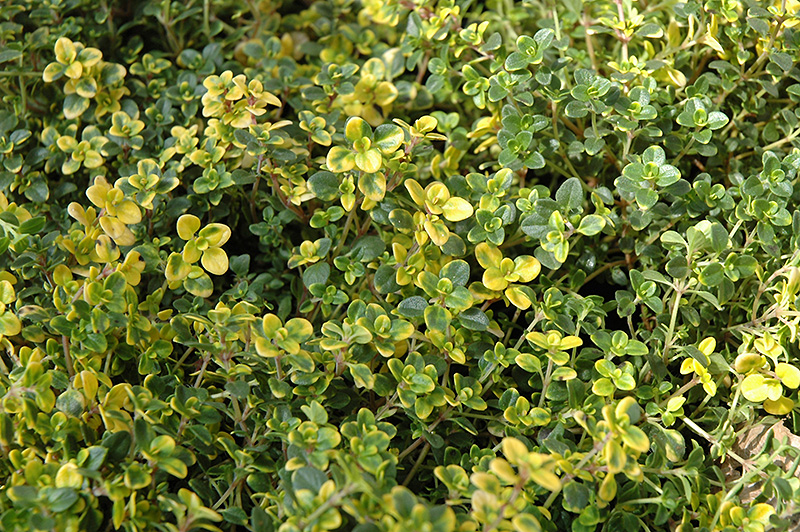
Donna Valley variety
Lemon thyme - medicinal properties and other uses in everyday life
The scope of the useful plant is very wide: in cooking, for home preservation. Thyme extract is a valuable raw material for the production of cosmetics. Dried herb, flowers, extracts and tinctures have found widespread use in pharmacology. The plant has anti-inflammatory, bactericidal, wound healing and stimulating properties.
Briefly about the history of appearance
Since ancient times, the plant has been used for medicinal and food purposes in European countries, in Russia, Greenland and North Africa. In the languages of many peoples of the world, there are various names: zhadobnik, Bogorodskaya grass, chebarka, muhopal, etc.
Potted thyme - home care
Growing thyme on a windowsill is not difficult at all. The most important thing is to find a pot of sufficient volume with fertile soil and buy fresh viable seeds. The culture is not demanding to the temperature and humidity of the air, illumination.
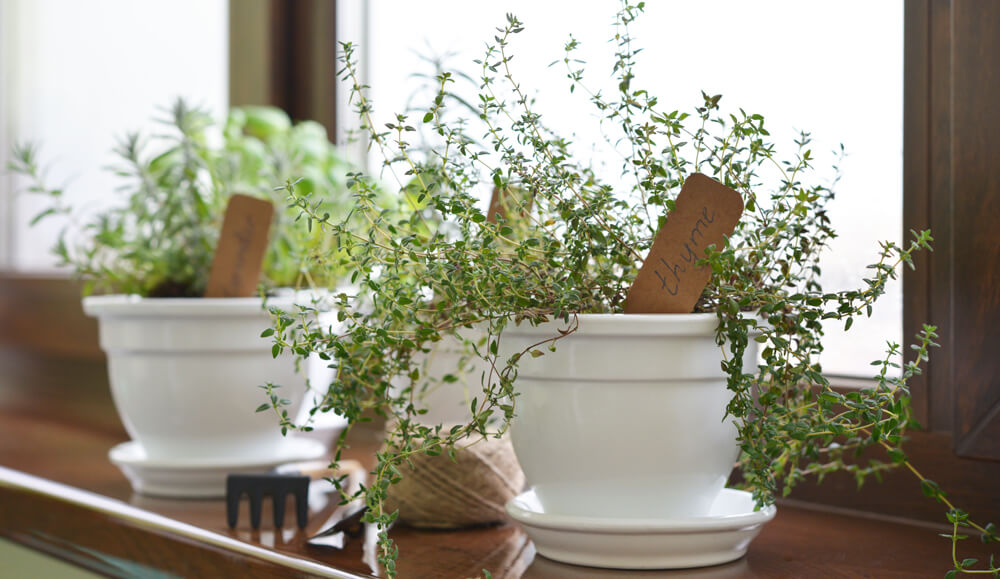
A pot of thyme sprigs will decorate the windowsill in the kitchen
Temperature
In the wild, thyme gets exposed to dry areas, often baked by the sun. At home, the optimal growing temperature is considered to be a range of about + 18-22 degrees. He will endure heat up to +25 without loss. In winter, it is quite possible to rearrange the pot on a cool loggia with a temperature in the range of + 6-13.
Lighting
Thyme needs sun all year round, since in the wild, the plant prefers open areas on mountain slopes or forest edges, steppe wastelands. The minimum duration of daylight hours in an apartment is 6 hours. In winter, a phytolamp should be installed for supplementary lighting in the evening. If there is little light, then the stems are stretched, and the aroma is rapidly reduced.
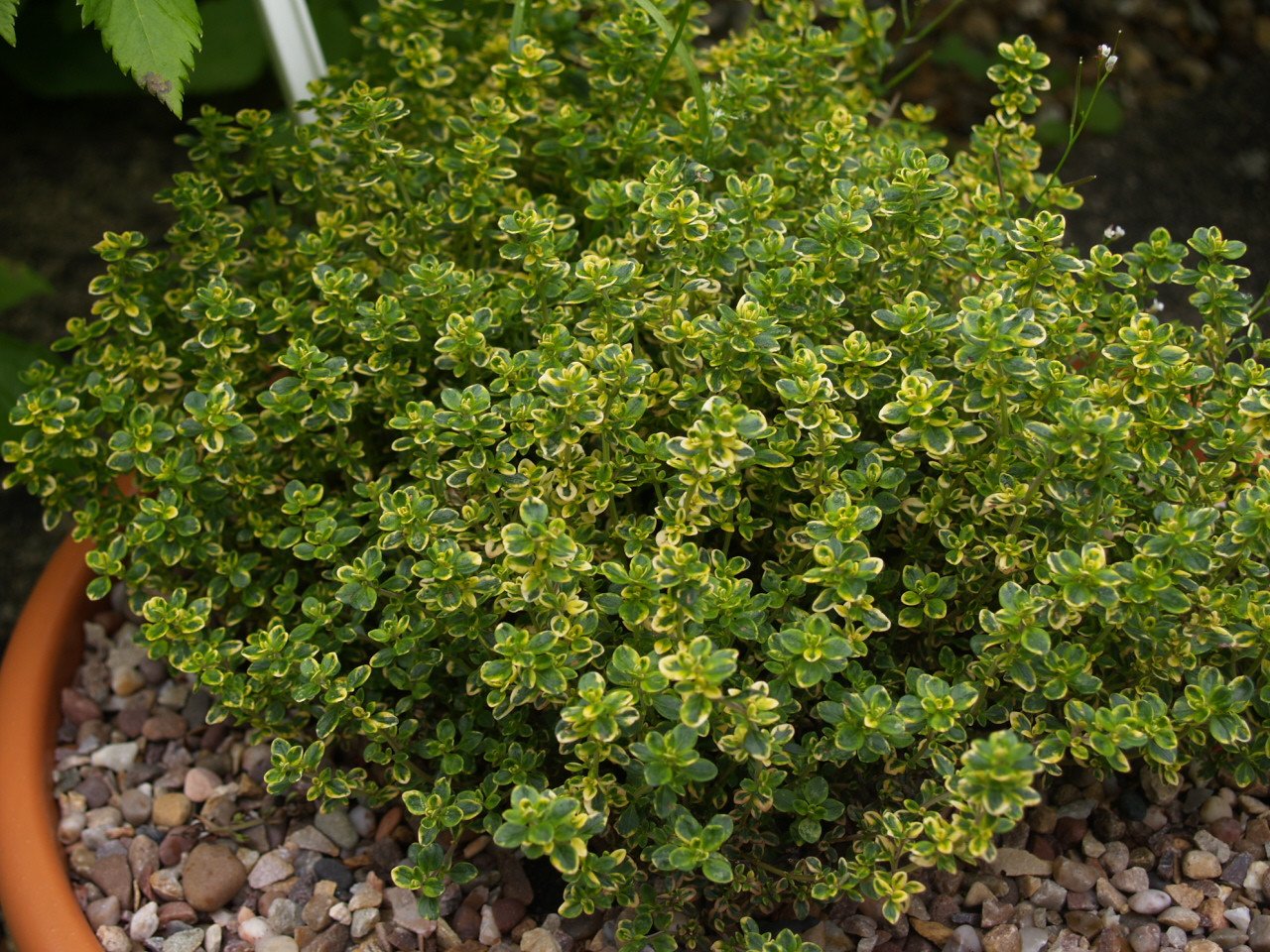
Lemon Variegata cultivar
Watering
Drying out the soil for a short period is quite safe for thyme. Even in summer, moderate watering is enough for him. It is enough to add a little warm water to the pot in the morning or do abundant watering every 3 days. In winter, watering twice a week is sufficient. The plant does not tolerate waterlogging, but responds favorably to spraying with water.
Humidity
Thyme has no special requirements for air humidity. 60% will suit him, but even at 70-80% he will develop well. If you put a container of water next to the pot for evaporation, then the thyme will grow more readily.
Priming
Planting lemon thyme is desirable in light, moisture-permeable soil. Optimal substrate compositions:
- soil for succulents with the addition of black soil;
- universal soil with the addition of a third of fine sand;
- sand mixed with turf and peat in equal proportions.
Top dressing
Since thyme does not grow very quickly, it requires less fertilization than other types of greenery. It is enough to make a complex mineral fertilizing every month. It is better to give preference to liquid forms of fertilizers.
When and how it blooms
Thyme flowers are used in conjunction with its herbs. If there is no purpose to get seeds, then the flowering heads are cut off and used as a seasoning or dried to add to tea.
Types of flowers
The flowers themselves are very small and inconspicuous. Shades of petals in different varieties are pinkish-white, lilac, purple, violet. Spherical capitate inflorescences dot the ends of the shoots. The calyx of the inflorescence has a narrow bell-shaped shape. Seed ripening occurs in September. Boxes are formed from the inflorescences, each of which contains 4 seeds.

Lemon thyme bloom
Each flower forms a two-lipped corolla: the upper lip with two teeth and the lower one, wider with three teeth. The size of each flower is no more than 5-6 mm. Usually all varieties of lemon thyme bloom in June. The flowering period is 2-3 months.
Flowering itself does not require any special changes in the daily care of the plant. For those who want to get the most out of the thyme and make it grow vigorously after the flowering phase, it is worth cutting off all inflorescences at the peak of this phase, shortening the shoots in half.
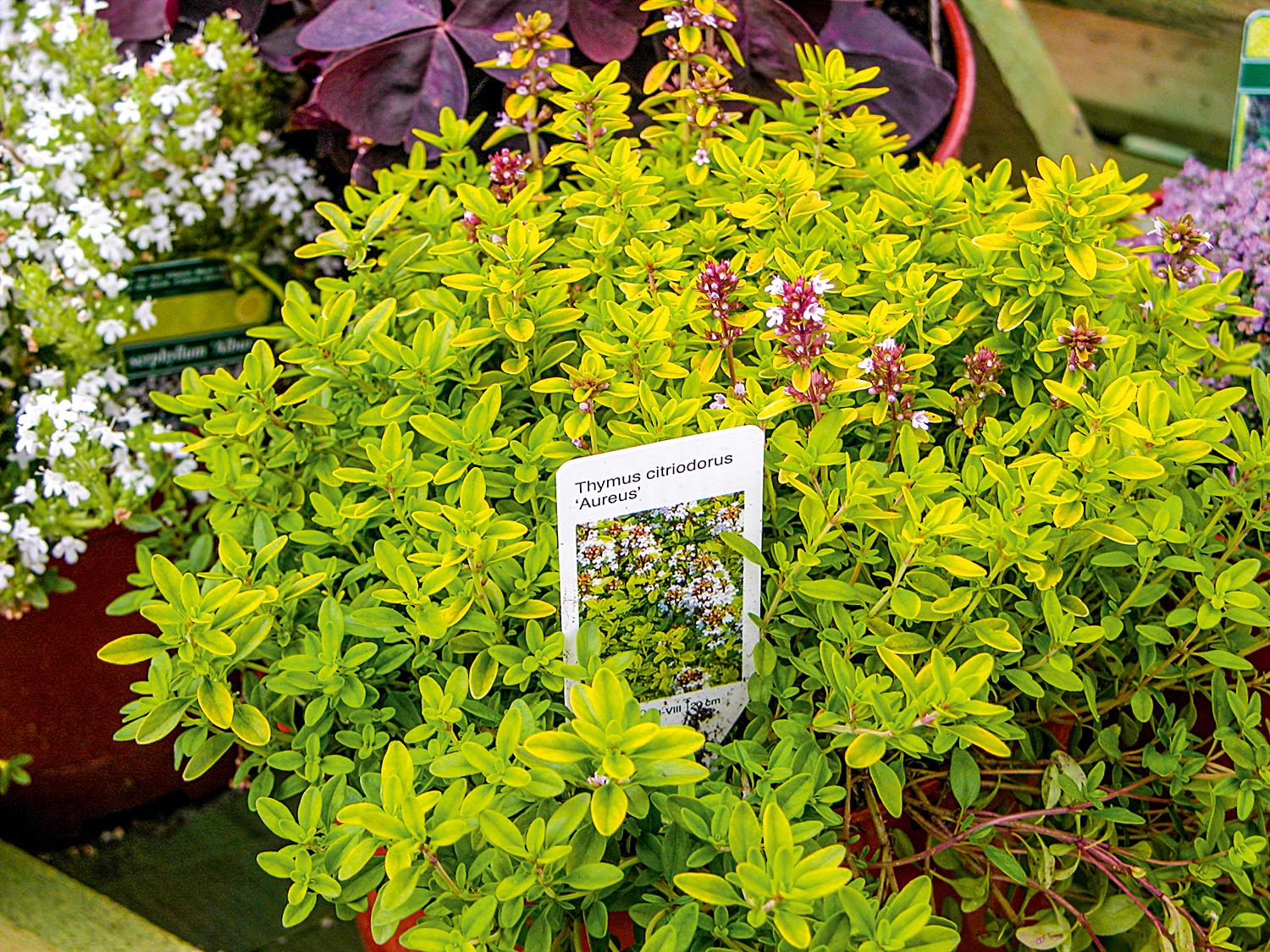
Archers Gold will start growing after pruning
How to propagate thyme by seed
Growing lemon thyme using the seed method is the simplest way of reproduction. Seeds remain viable for about 5 years. If the potted plant has withered in winter, it can be sown again in March and the window planting resumed.
Soil selection
For room planting, you can buy a universal soil and enrich its composition with a small amount of sand (up to 1/3 of the volume), vermiculite, and charcoal. Additionally, a layer of expanded clay or small pebbles for drainage will need to be poured onto the bottom of the pot.
Pot growing rules
Lemon-smelling thyme is one of the simplest plants in planting and caring for indoor conditions. It is necessary to plant seeds superficially, without burying them in the soil.You need to take a pot with a capacity of 1.5-2 liters or a container with a height of 15 cm. They practice the autumn planting of seeds (in September) and spring - in March.
Crops should be watered abundantly and left in a warm place in the light for a week. As it dries, the soil should be periodically moistened. In a week, fresh seeds will give amicable shoots. In the future, it is recommended not to water young plants, but to spray abundantly 1-2 times a day from a fine spray, since the seedlings are very tiny.
Potential Problems When Growing Thyme
Growing thyme at home is rarely a hassle. It's easy enough to look after him. But some problems can still occur.
Diseases
Most often, fungal diseases appear due to soil overflow, especially during a decrease in air temperature. Thyme is affected by rust. Since the plant is grown for permanent consumption, it is impractical to use toxic control agents. Usually, diseased plants are destroyed, and planting is resumed by sowing.
Pests
Against pests that can creep from other indoor plants, it is worth using a proven remedy such as Fitoverm. After spraying, you can eat greens after a week.
Other problems
According to the experience of those who regularly practice growing thyme on the windowsill, the following difficulties most often arise:
- Thyme bushes acquire a pale and elongated look due to a lack of lighting, you should move the pot to a brighter place or install a phytolamp over it.
- If the room is too cold and there are cold drafts, then the thyme may die.
- Roots rot at bays, it is important not to allow this.
Picture 7. This is how a healthy, well-groomed bush of thyme, cultivar Aureus looks like
Knowing how to grow thyme and rosemary at home, you can use fresh, rather than dried, herbs to prepare various dishes all year round. A wide variety of varieties allows you to choose the optimal plant in terms of size, color, aroma, in order to grow it on the window and in the garden.


